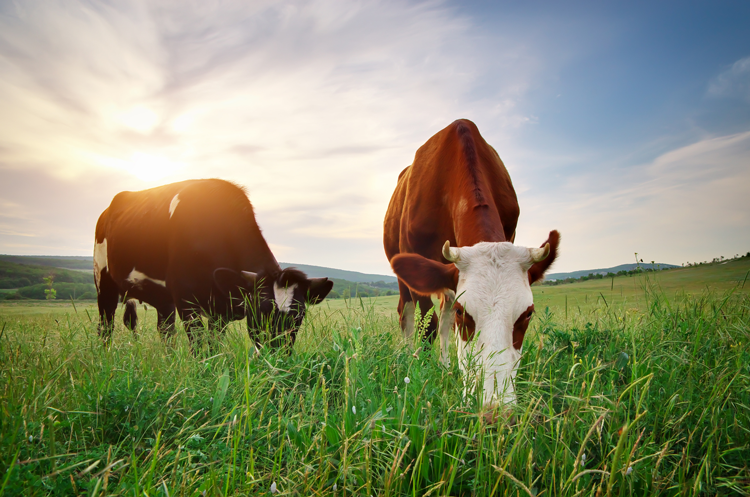The best place to be |
| By Jim Gerrish |
|
|
|
Gerrish is a rancher, author, speaker, and consultant with over 40 years of experience in grazing management research, outreach, and practice.  It seems like many of my columns begin with, “A lot of people ask me . . .” Well, here’s another one. I often get asked where I think the best place is to be in the cattle business in the United States. I generally take that to mean: “Where is the best cow-calf country?” I answer that question by saying, “If my life’s ambition was to be in the cow business, I never would have left Missouri.” Sometimes, I qualify that answer by saying, “Missouri and the states that touch it.” Over the last 45 years that I have been working in the realm of grazing, I have had the opportunity to visit 43 of the 50 states that make up this country either in a consulting or teaching role. I have consulted with individual farms or ranches in 39 states plus various Canadian provinces, the state of Chihuahua in Mexico, and a dozen other countries around the world. Within the U.S. and Canada, effectively managing feed costs is the primary determinant of profitability in the cow-calf business. In much of the U.S. and Canada, it is specifically winter feed costs that are the greatest challenge, which also means they offer the greatest opportunity for improvement. When I arrived at the University of Missouri Forage Systems Research Center as a young researcher straight out of graduate school, my research assignment was to make beef cow-calf operations economically competitive with soybeans on the highly erodible landscape in northern Missouri. I grew up as a crop and hog farmer in southern Illinois. I had no association or experience with the beef industry beyond custom hay baling for beef and dairy farmers in our area. I knew nothing about the economics of cow-calf ranching at that time. What I did know was there are only two parameters in the profit equation. That is, revenue minus costs equals profit. In the early 1980s, there were no premiums or value-added programs in the beef sector. It was entirely a commodity business where revenue could only be improved by running more cows or getting a better price for your calves. I didn’t see any way I was going to affect the revenue side of the equation. I asked our beef ag economist for a sample cow-calf budget. When the top line on the budget was “feed costs,” I knew that was the line item we needed to tackle. Believe it or not, some of the first research I was involved with was hay storage and feeding systems. If hay was the biggest cost, we needed to be more efficient in storing big round bales and feeding them out. Right? A better end goal It turned out that was a dead-wrong viewpoint. It didn’t take but a few years to realize the key was not making hay feeding more efficient but rather eliminating the need for making and feeding hay. The research program that followed led to more efficiently managing land to grow more stockpiled forage and managing grazing to more effectively harvest that forage. What became the Management-intensive Grazing Program at the University of Missouri originated out of winter grazing programs designed to eliminate the need for hay in cow-calf operations. We were actually very successful at winter grazing stockpiled forage both on our personal farm and at the university research center. Once you figure out a few basic principles, year-around grazing is quite feasible in places like Missouri. That brings us back to our original question: Where is the best place in the U.S. to be in the cow-calf business? The answer is where it is the easiest to consistently graze at least 10 months of the year. In an earlier “Pasture Walk” column, I had reported that Dallas Mount of Ranching for Profit had stated it is nearly impossible to be profitable in the cow-calf business if you feed hay more than 60 days annually, and feeding no hay is a much better position to be in. Burke Teichert of Deseret Ranches had set the benchmark for those ranches as no more than 15% stored forage in the diet. That is approximately 55 days of the year. In my experience around the country, I have seen more cow-calf producers eliminate hay feeding in Missouri and the adjacent states than most other parts of the country. The combination of relatively reliable precipitation with moderate summers and mild winters makes a favorable year-around grazing environment. The ability to grow most cool-season forage species as well as strong native warm-season plant communities make that region productive more days of the year compared to states to the north or those to the south. For being in the cow business, Missouri is still hard to beat. This article appeared in the February 2025 issue of Hay & Forage Grower on page 27. Not a subscriber?Click to get the print magazine. |
